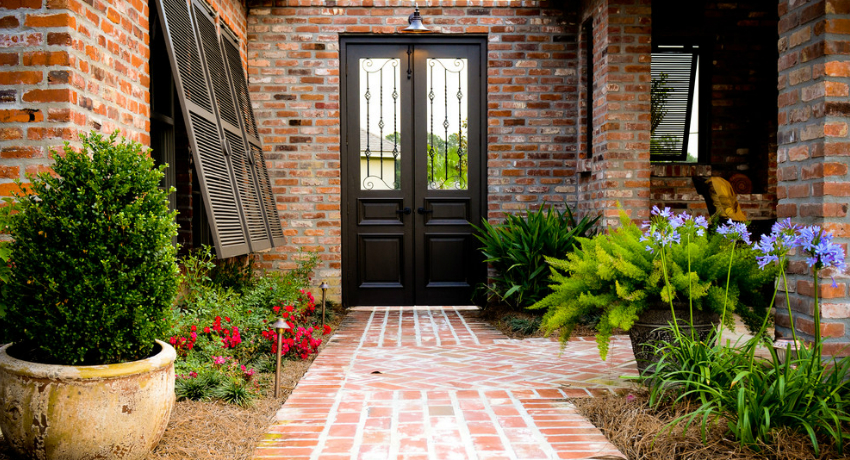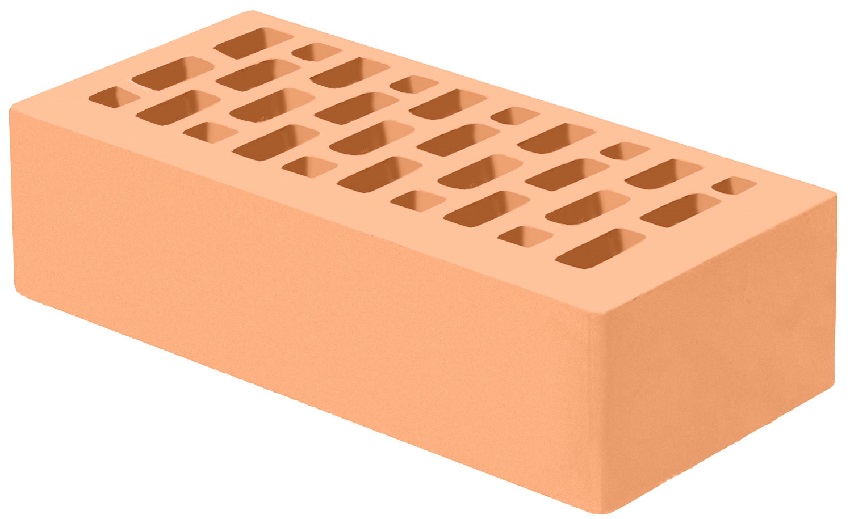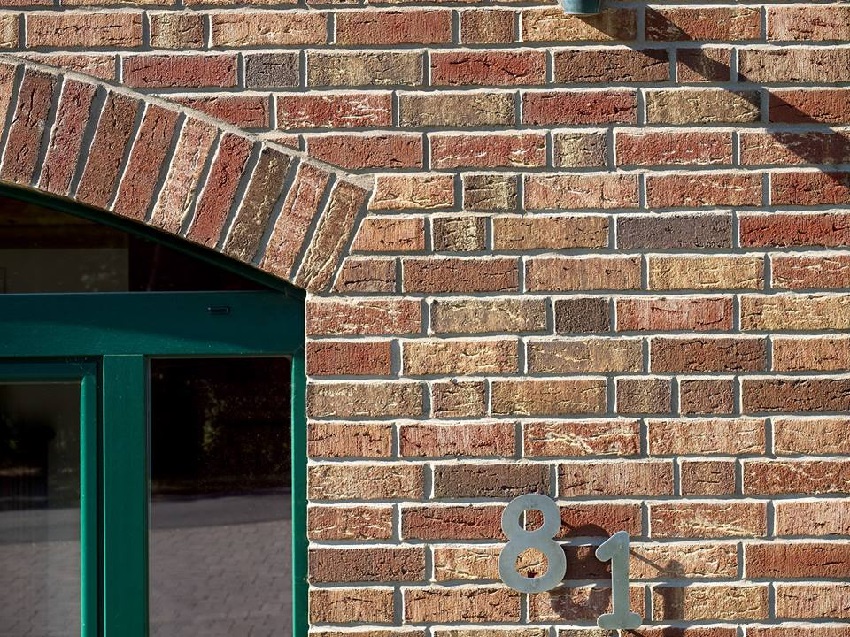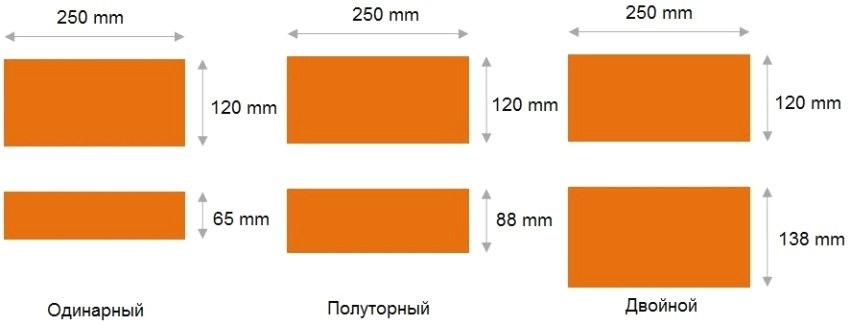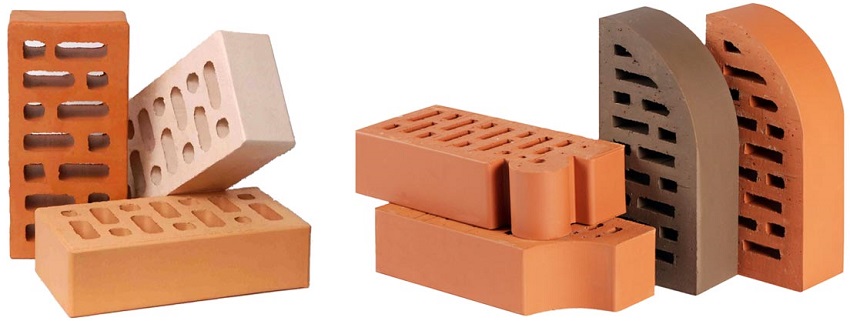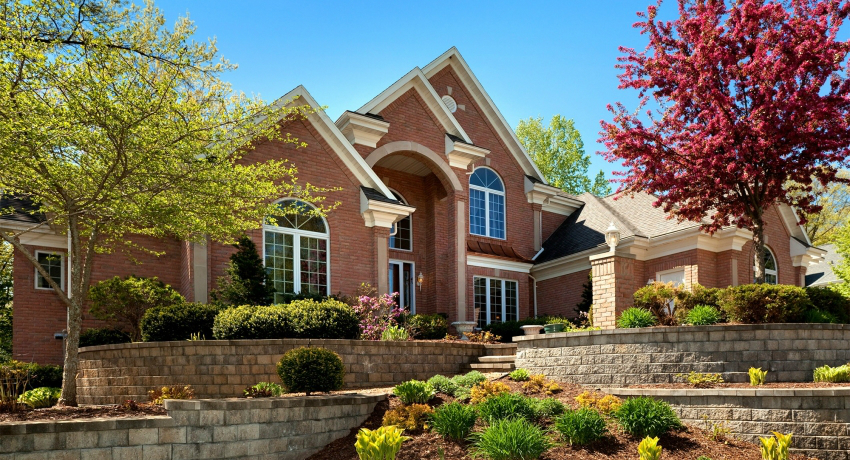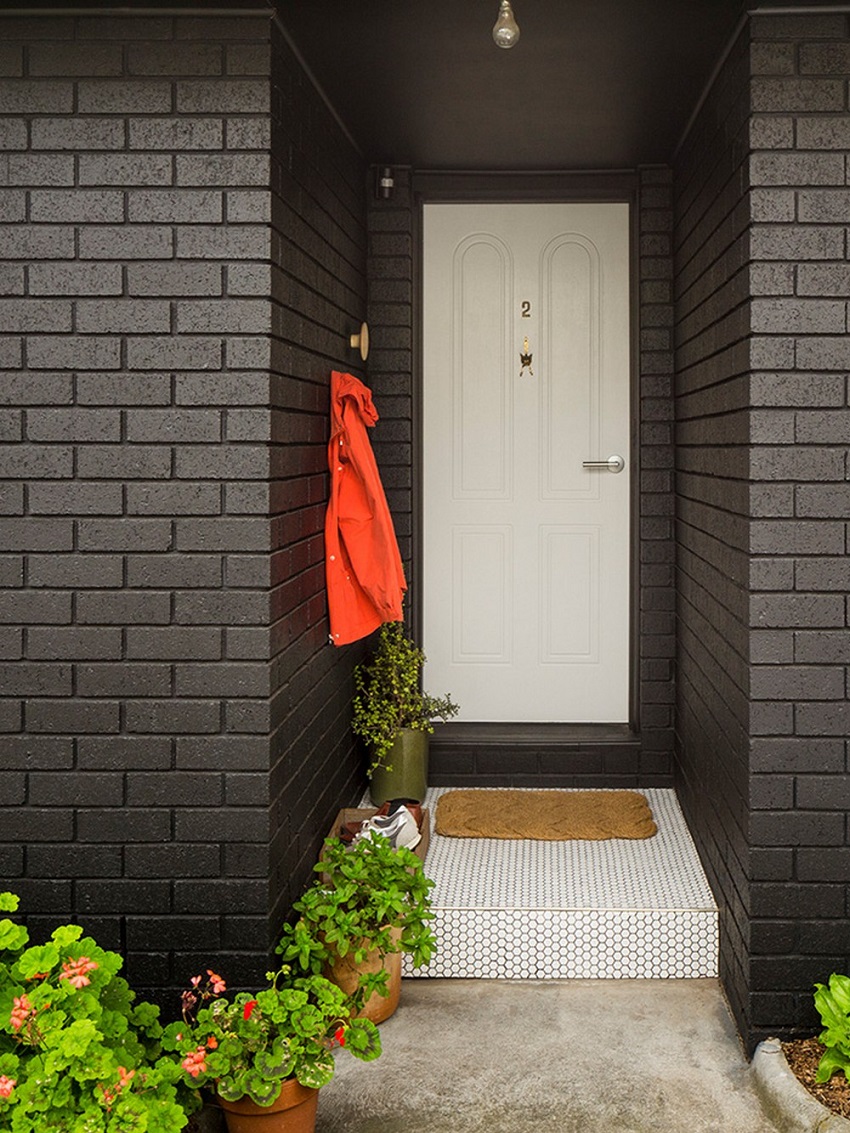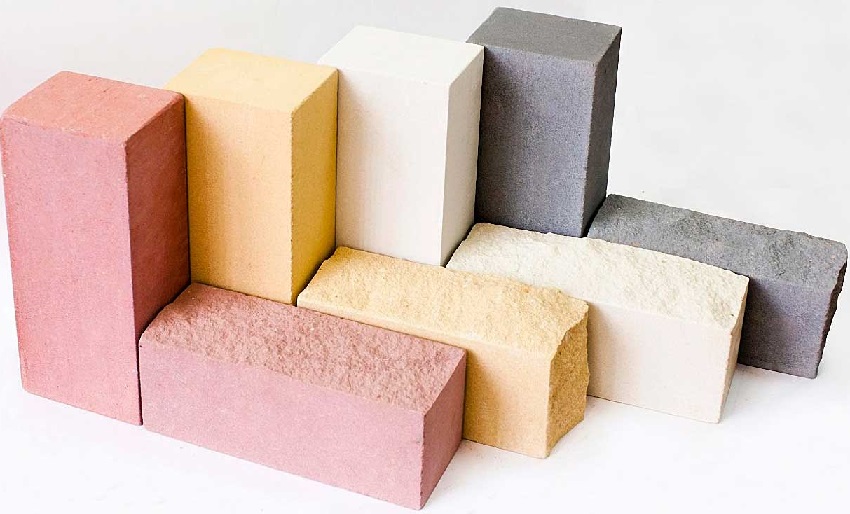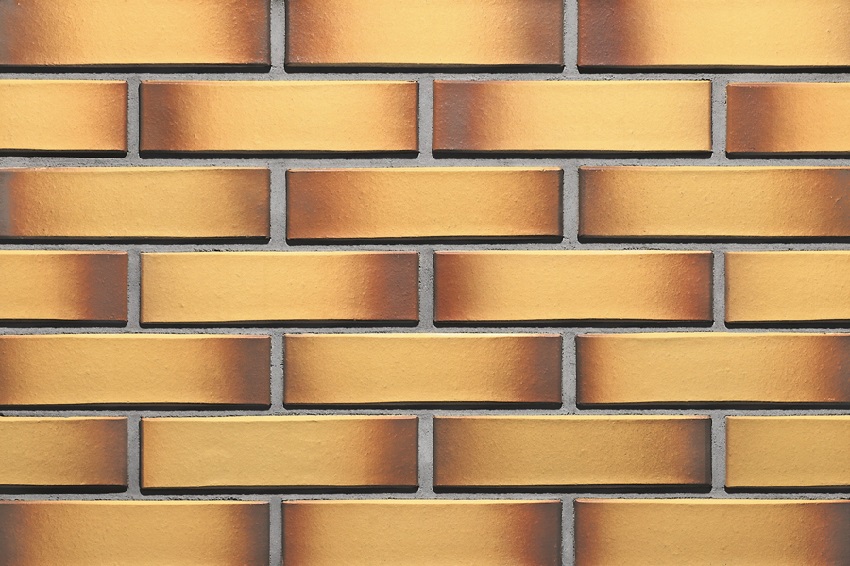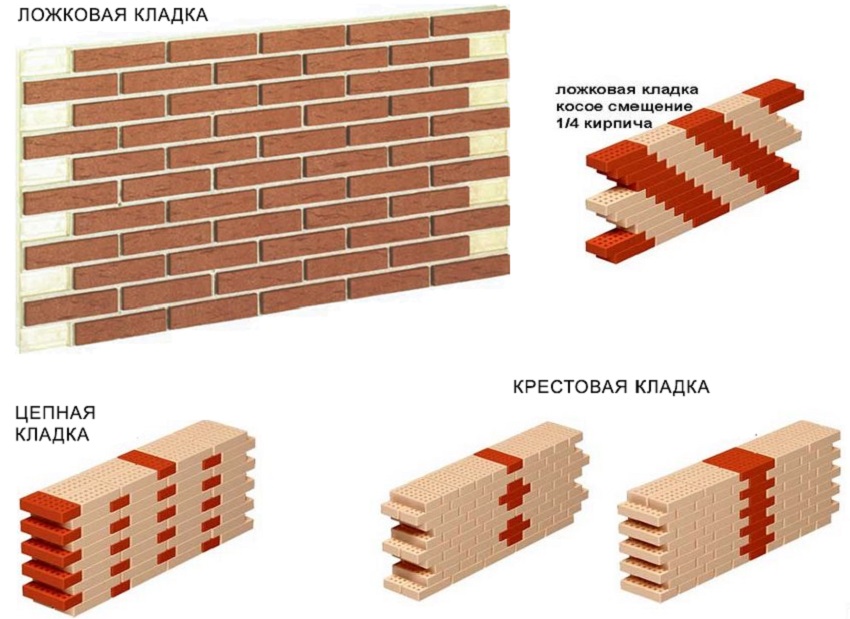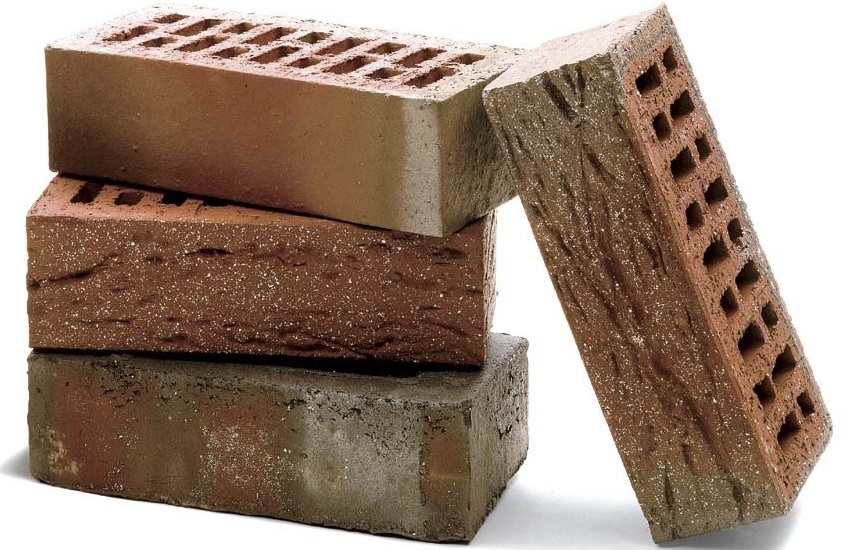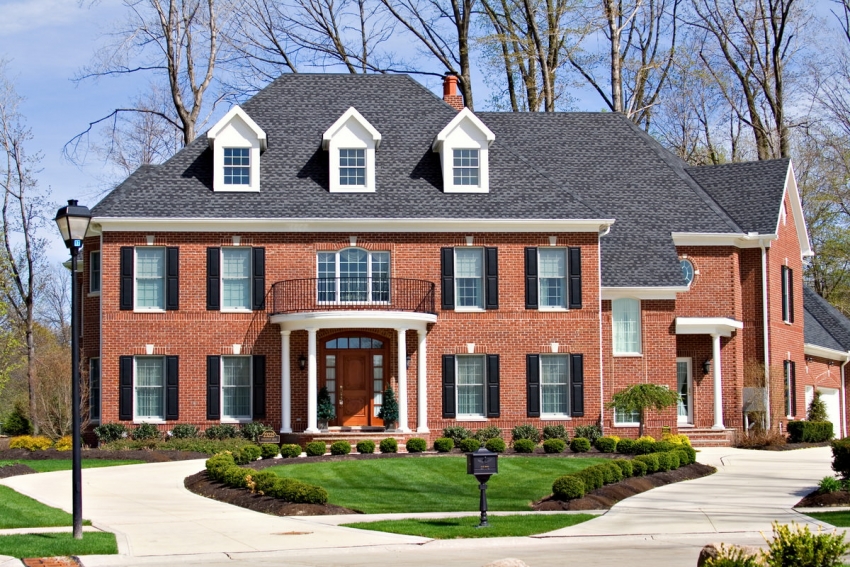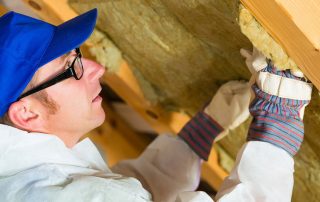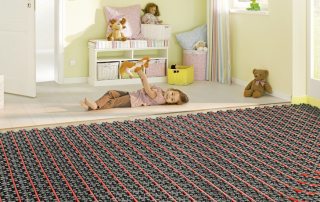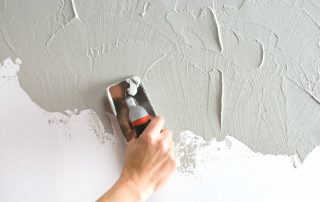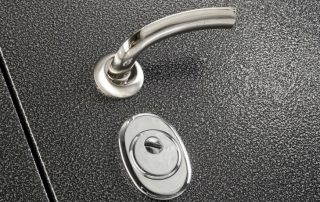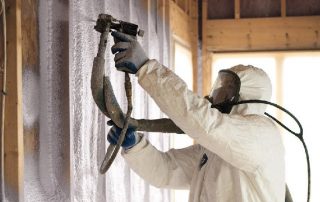Facing brick is rightfully called one of the best materials for facing a house. After all, an excellent appearance, combined with technical characteristics, fully meets the requirements of any home owner, and a large selection of colors, shapes and textures only expands the available possibilities. Let's consider what other facing bricks can be: sizes, prices and other characteristics of this material.
Content [Hide]
- 1 Facing brick: sizes and types of material
- 2 Ceramic facing brick: sizes, prices and features
- 3 Decorative clinker facing brick: dimensions and characteristics
- 4 Characteristics of concrete facing bricks: prices and sizes
- 5 Silicate facing brick: photos, characteristics, advantages and disadvantages
- 6 The most popular brick colors and textures: facing for every taste
- 7 How much does it cost to buy a facing brick: price per piece
- 8 Recommendations for installing facing bricks with your own hands
Facing brick: sizes and types of material
The requirements for the inner surface of the walls of the house are several times less than the requirements for facing the outer part of the house. And if in the first case you can use ordinary clay or sand-lime bricks, as well as foam concrete or aerated concrete blocks, then you can provide a really attractive appearance for the outside of the house only by using facing bricks for the facade.
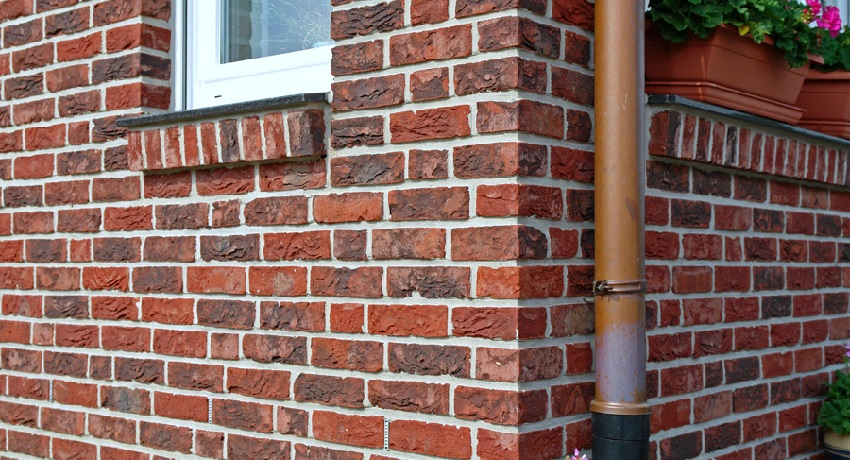
Facing bricks for the facade of a house can have a variety of textures and vary in size and thickness
But even in the case when the choice is made in favor of facing bricks, the owner of the house still has to make a difficult choice and give preference to one or another of its options. Consider what types of this material are, and what you should pay attention to when choosing.
The parameters of the brick are directly determined by the technology of its production, so that, depending on the features used for the production of materials and related processes, there are 4 types of finishing bricks:
- ceramic;
- clinker;
- concrete (hyper-pressed);
- silicate.
Moreover, each of the listed options is also available in 2 types - hollow and full-bodied, so the choice is really wide. Let's briefly consider the characteristics of each of the options, as well as its features and benefits.
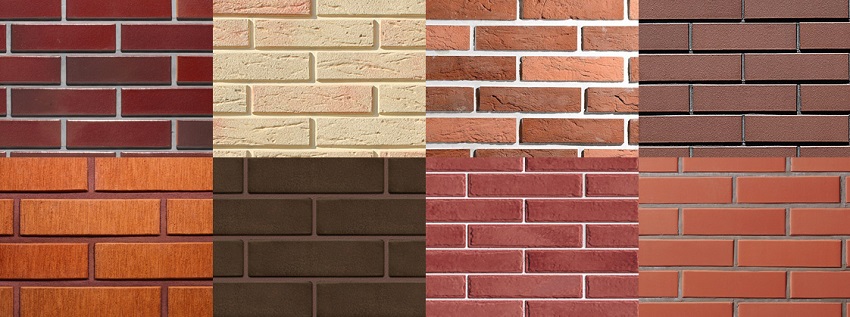
The choice of facing bricks is quite wide, which makes it possible to use it to implement various design ideas.
Useful advice! In addition to the fact that hollow bricks are much lighter (the difference is about 25-35%), they also resist heat loss more efficiently, surpassing solid bricks by 10-15%.
Another interesting question - how much does one brick for facade cladding weigh? The weight of the facing brick is determined by what material it was made of. For example, a solid silicate (white) brick, the size of which corresponds to the standard, weighs on average 4.6 kg, and an ordinary ceramic brick intended for cladding will weigh only 1.45 kg.
Ceramic facing brick: sizes, prices and features
This type of brick is made by firing a specially prepared and formed mass, which consists of red fusible clay, as well as special additives that are able to regulate the plasticity of the material. These auxiliary components include sawdust, quartz sand, ash, coal dust, slag, etc.
This mixture is initially formed into the desired shape, and then dried and fired. The main distinguishing point that makes facing bricks different from ordinary ones is the more thorough preparation of all components before they are formed. This eliminates the risk of cracks, as well as a variety of foreign inclusions that can spoil the appearance of the finished product.
Thus, the resulting material is characterized by extremely high resistance to moisture, as well as high strength and ability to effectively retain heat. As for the color and texture variety, here this type of brick is represented by a huge variety. By using mineral dyes that can be added to the starting material (usually chromium oxide, finely ground manganese or iron ore), manufacturers give the brick an attractive appearance.
Useful advice! If there is a need to clad a complex architectural element, then you should pay attention not to ordinary ordinary bricks, but to shaped material, which is produced specifically for solving complex problems.
For decoration, one of several methods can be used. In addition to the traditional ones, which are considered to be smooth and matte ceramic facing bricks, more unusual options can be found on sale, for example, imitation of wild stone. Of course, if for standard products the price will be about 12-15 rubles apiece, then all kinds of imitations will cost much more.
For a ceramic product, the following brick dimensions are considered standard - 250x120x65 mm. At the same time, according to European standards, these indicators are somewhat different - 250x85x65 mm. The thickened version corresponds to the parameters 250x120x88 mm and 250x85x88 mm, respectively.
Interesting! The standard brick size is "loaf", which is the most common 240x115x71 mm, if you are guided by European standards.
Decorative clinker facing brick: dimensions and characteristics
Clinker bricks are in many ways similar to ceramic ones. But there are certain differences between them associated with the characteristics of the feedstock and temperature regimes for firing. In order to make clinker bricks, predominantly medium-melting and refractory clays are used, so that for firing, accordingly, higher temperatures are required.
The result of using this technology is a more durable facing brick, which is characterized by a minimum level of water absorption, and excellently resists the effects of all kinds of external factors. Such characteristics make it possible to use it not only for decorating the walls of a house, but also as a facing material for the basement of the foundation, paving paths and erecting fences.
But there are also indicators by which clinker bricks are inferior to ceramic ones. For example, this applies to thermal conductivity, which in this case is slightly higher. True, this disadvantage is compensated for due to the fact that the material is characterized by a high level of resistance to cracking as a result of exposure to low temperatures.
The colors and textures of clinker bricks can be so diverse that one may even come across the concept of "collections" that various manufacturers offer their customers. As for the size of clinker bricks, here you can find a wide variety of options.
The standard size of decorative bricks can have the following parameters - 250x120x65 mm, 250x90x65 mm and 250x60x65 mm. As you can see, the height of the brick can change, but the length and width of the brick remain unchanged. The only exceptions are the elongated elements, the parameters of which are 528x108x37 mm.
Characteristics of concrete facing bricks: prices and sizes
If we talk about which of the technologies for the manufacture of facing bricks is the most justified, then we will have to turn to such an option as pressed non-fired brick. This is largely due to the fact that by eliminating the energy-intensive firing process, production costs are significantly reduced. Cement, water and granite screenings are used as the basis for concrete bricks. Having mixed these components with each other, they are simply given the desired shape and left to solidify.
If we start from the fact that the main requirement for the material used for finishing the facade is resistance to the effects of various external factors, then this material more than meets the specified criteria. In terms of strength, concrete bricks are not inferior to clinker bricks. And thanks to the different colors, they also look great.
The standard sizes of solid concrete bricks are presented in three versions - 250x120x65 mm, 250x90x65 mm and 250x60x65 mm. There is also a thickened version of this solid facing brick, with parameters 250x120x88 mm. But almost any option can be purchased at a price of 25 to 30 rubles.
Interesting! Sometimes you can find a description indicating the size of the "yellow" facing brick. Most often, this is the name for a product made by hyper pressing, based on cement and shell limestone.
Silicate facing brick: photos, characteristics, advantages and disadvantages
Silicate bricks are also materials that are made without resorting to the firing process. But this brick differs from the previous version in the components that make up it. First of all, no cement is added to the raw materials. The desired strength of the material is achieved by hardening silicate sand mixed with slaked lime. As a stimulator of this process, they resort to the use of an autoclave installation, which provides increased pressure and temperature.
Today, this material is not particularly popular as a facing material. First of all, this is due to its appearance. Despite the fact that manufacturers have nevertheless developed several color schemes, they all look not very bright and attractive. So in the fight against ceramic or clinker bricks, silicate bricks are definitely losing.
But if we talk about the positive aspects of such a choice, then the technical characteristics of this material are more than satisfactory. On the one hand, silicate elements are somewhat more susceptible to moisture absorption than clinker ones, on the other hand, they better resist the effects of repeated wetting, freezing and thawing.
Useful advice! In order to choose a brick that is suitable in color, texture and shape, it is not at all necessary to spend the whole day visiting construction stores. The easiest way is to go to the website of a reliable supplier and use the Internet catalog to find the best option.
The most popular brick colors and textures: facing for every taste
The color of the fired clay itself is quite bright and attractive and is often the preferred color. It is the natural colors that are in greatest demand and have held the leading position for many years. But still, other options are used.
It is very easy to give the surface of the facing brick the desired texture. To do this, a textured pattern is applied over the not yet solidified element, after which the element is sent to the oven.
Related article:
Clinker bricks for the facade: reliable and presentable building design
The history of the origin and the technology of manufacturing the product. Classification. Features of installation. Rating of popular manufacturers and the price of products.
But this is far from the only way to design and decorate the surface of facing bricks. So, along with the main one, the following technologies are also used:
- shotcrete - the process of applying mineral chips to the surface of a brick;
- engobing - the application of a special composition, which, under the influence of high temperature, provokes the appearance of a glassy film;
- glazing is a process slightly similar to the previous one, with the exception that the composition that is applied to the surface forms a film of greater thickness and strength.
Each of these options is worth considering and can be used in the process of facing work. Moreover, bricks designed using various methods can be combined with each other, making out with their help individual sections of the facade, doorways, etc. This will avoid monotony in the design.
Available colors of facing bricks from various materials
The color of ceramic bricks depends on how much and what kind of additive was mixed into the raw materials, as well as on firing. Therefore, we often have to deal with the fact that in different batches the bricks have slight differences in color. In order for this not to be striking and not to spoil the appearance of the wall, it is recommended to take bricks from different batches in turn. So, the color of the surface will be as uniform as possible.
If we talk about the colors of ceramic bricks, then it really is represented mainly by red and brown shades. But on the other hand, their variety is so great that the choice is simply impressive.
But hyper-pressed bricks, in the manufacturing process of which there is no firing, are painted in the desired color by adding pigment to the raw material. This allows you to produce uniform coloring throughout the product and avoid color mismatch in different batches. The most popular are concrete bricks of white, black, pistachio, brown, red, peach, gray, chocolate and blue colors. And those who like non-standard solutions can consider ivory, straw, terracotta and even green.
According to the same principle as hyperpressed, silicate bricks are painted. The pigment is added during the mixing of the solution using a special dispenser.
Important! Too much paint in the composition of the solution can negatively affect the strength of silicate bricks, therefore, for this type of product, they often resort to painting only one side.
Among the main colors of silicate bricks, it is worth noting white, pink, yellow, orange, gray purple.
How much does it cost to buy a facing brick: price per piece
In order to understand how much bricks cost, you need to familiarize yourself with the norms that are established by GOST. It is there that it is spelled out what dimensions of bricks are standard, and what should be the weight of one brick of one kind or another.
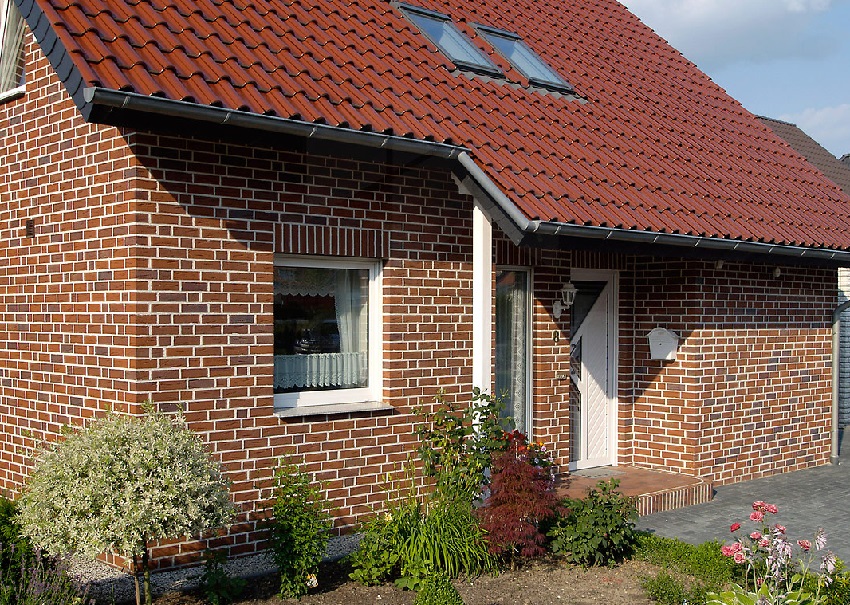
Facing brick reliably protects the foundation and walls of the building from the negative effects of atmospheric phenomena
First of all, it should be noted that both domestic and European standards are equally recognized in the modern market, therefore, when choosing a suitable material, you need to pay attention to this. Due to such double standards, all material is additionally divided into 2 more categories:
- NF - normal size - 240x115x71 mm;
- DF - thinner - 240x115x52 mm.
The second option is more in line with the architectural classics, but when choosing and buying material, you must make sure that all elements are of the same standard. Otherwise, in the process of facing, you will have to face a considerable number of difficulties.
Considering the existing types of material, the cost of facing bricks was briefly considered. But it will still be useful to once again compare how much a facing brick of one type or another costs in order to come to a conclusion about the advisability of one or another choice.
So, the scene of one hollow ceramic brick at standard sizes will be from 12 to 20 rubles. But the price of one and a half facing brick, the size of which is 250x120x88 mm, will be slightly higher - from 20 to 28 rubles.
Clinker bricks are more expensive than ceramic bricks. For example, with the parameters of the product 250x85x65 mm, at least 29 rubles will have to be paid for one piece, and this is taking into account the fact that its surface will be smooth. Bricks with a textured pattern are even more expensive - from 34 rubles.
Approximately the same price per brick for hyper-pressed material. The lower price limit is 23 rubles, and for textured elements - 25-30 rubles per unit.
Almost as available as ceramic colored silicate bricks. Its cost, provided a smooth surface is 15 rubles per unit, and if the texture is textured, the price increases markedly - 24-26 rubles.
The cost of a brick is highly dependent on its size, strength, and frost resistance. But there are other factors, for example, a product from a foreign manufacturer will cost much more than a domestic one. So it is worth considering in advance whether you are ready to overpay for the name of the company, or prefer the simpler and cheaper option.
Interesting! It is possible to find goods at such low prices only among offers from domestic manufacturers. The prices of foreign companies are usually much higher, and the cost of some elite bricks can reach 100-130 rubles per piece.
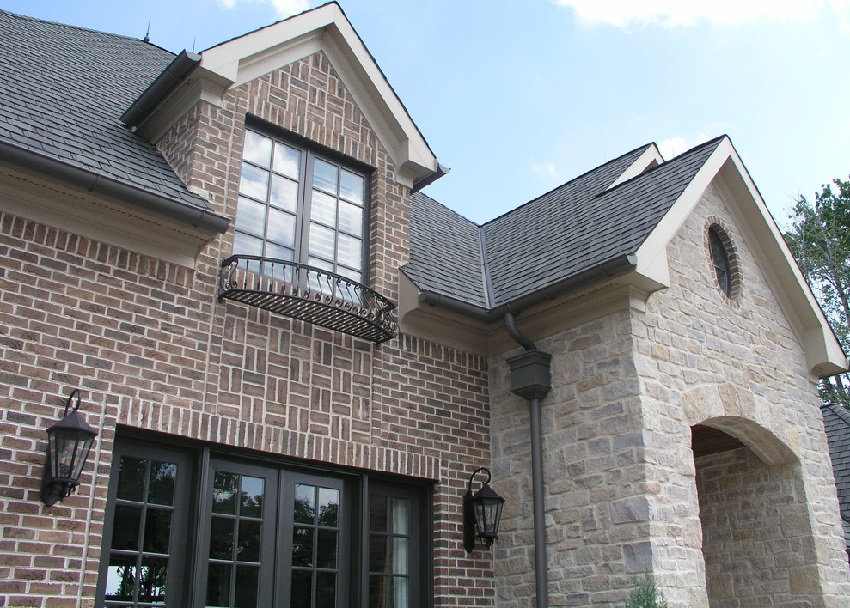
An example of a successful combination of using facing bricks and natural stone for finishing the facade of a building
Recommendations for installing facing bricks with your own hands
The process of installing facing bricks is not too different from the process of laying ordinary building bricks, but there are still some nuances that you should pay attention to in advance:
- before you finally lay all the bricks using mortar, you need to lay them out "dry" to make sure that the masonry is uniform. This must be done because the non-standard dimensions of bricks (ceramic or any other), which are almost always found in a batch, did not spoil the appearance of the facade;
- if there is a need to reduce the length of the brick, then for trimming you need to use a grinder with a specially designed disc for this;
- the mortar on which the bricks are laid can be the same as for laying ordinary bricks. The only condition is that the sand must undergo preliminary sieving;
- if you want to decorate the wall in a single color scheme, you can add color components to the solution;
- ideal joint size between facing bricks for vertical up to 12 mm, for horizontal up to 10 mm.
Important! It is strictly forbidden to use a disc designed for working with metal for cutting bricks. This can negatively affect the brick, making it unsuitable for further use, and also lead to a malfunction of the cutting blade itself.
In general, in order for the wall to end up having an attractive appearance, special attention must be paid to the formation of gaps. To do this, laying must be done in such a way that the solution does not reach the edge by 10-15 cm. To achieve this it is easier, you can use a special template that allows you to quickly and easily cope with the task.
Another secret that everyone who undertakes an independent wall cladding should know is the need to ensure the air permeability of the masonry. To do this, leave every fourth vertical seam empty, without filling it with mortar. Due to this technique, the air will be able to circulate freely and the humidity will be regulated.
If, during work, a solution gets on the front side of the brick, it must be removed immediately to prevent drying out. Since the material reacts fairly quickly with an alkaline solution, it may not be possible to completely remove the stain later.
Having familiarized themselves with the whole variety of facing bricks, as well as their sizes, prices and characteristics, each home owner can choose the highest quality and most suitable option for decorating his facade. Of course, when choosing, you have to focus not only on the appearance of the material, but also on the price of finishing bricks for the facade. However, it is possible to find an attractive and inexpensive option that will satisfy all your wishes.
